East Bay Market Update - January 2023
2023

2023

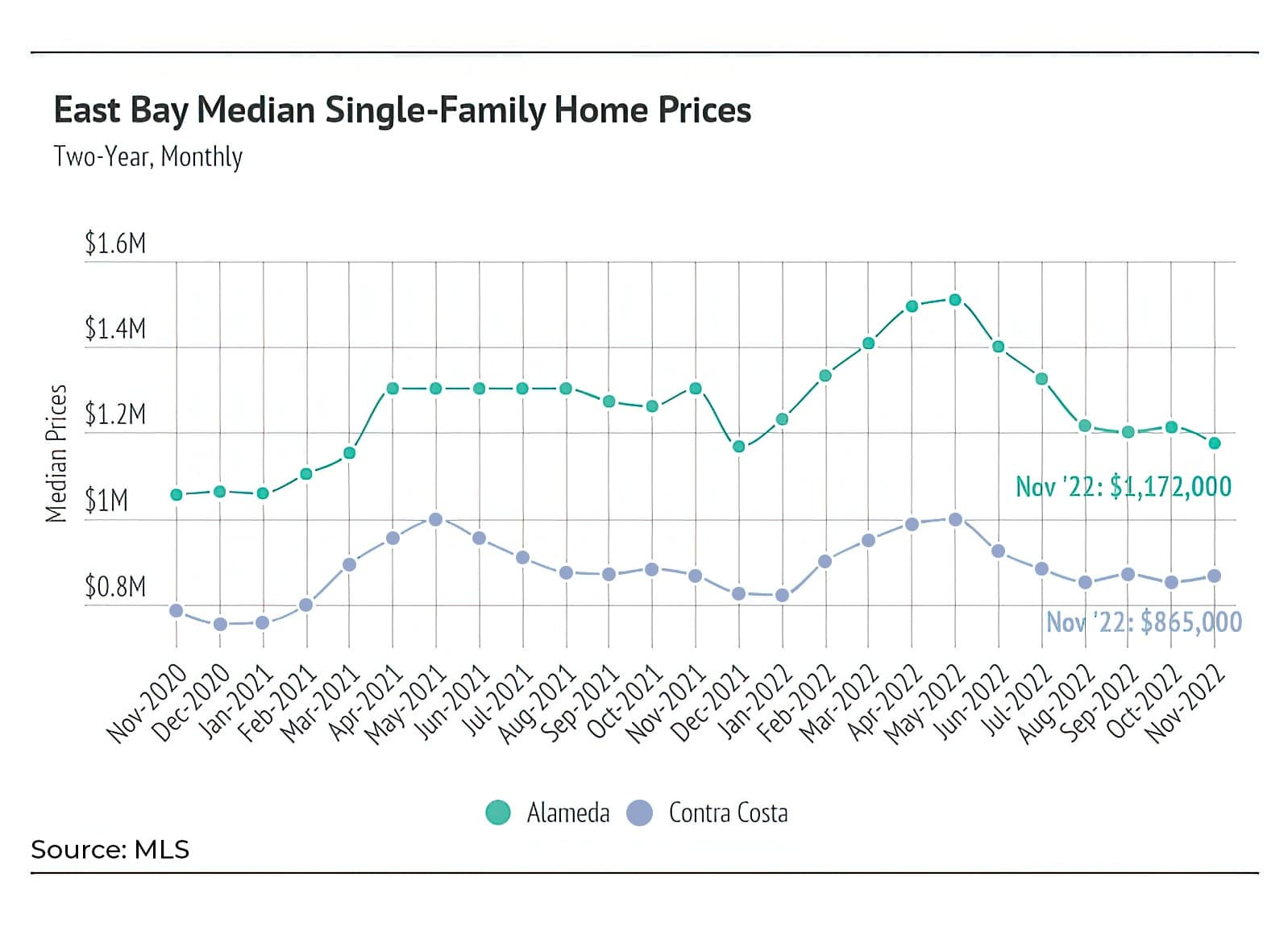
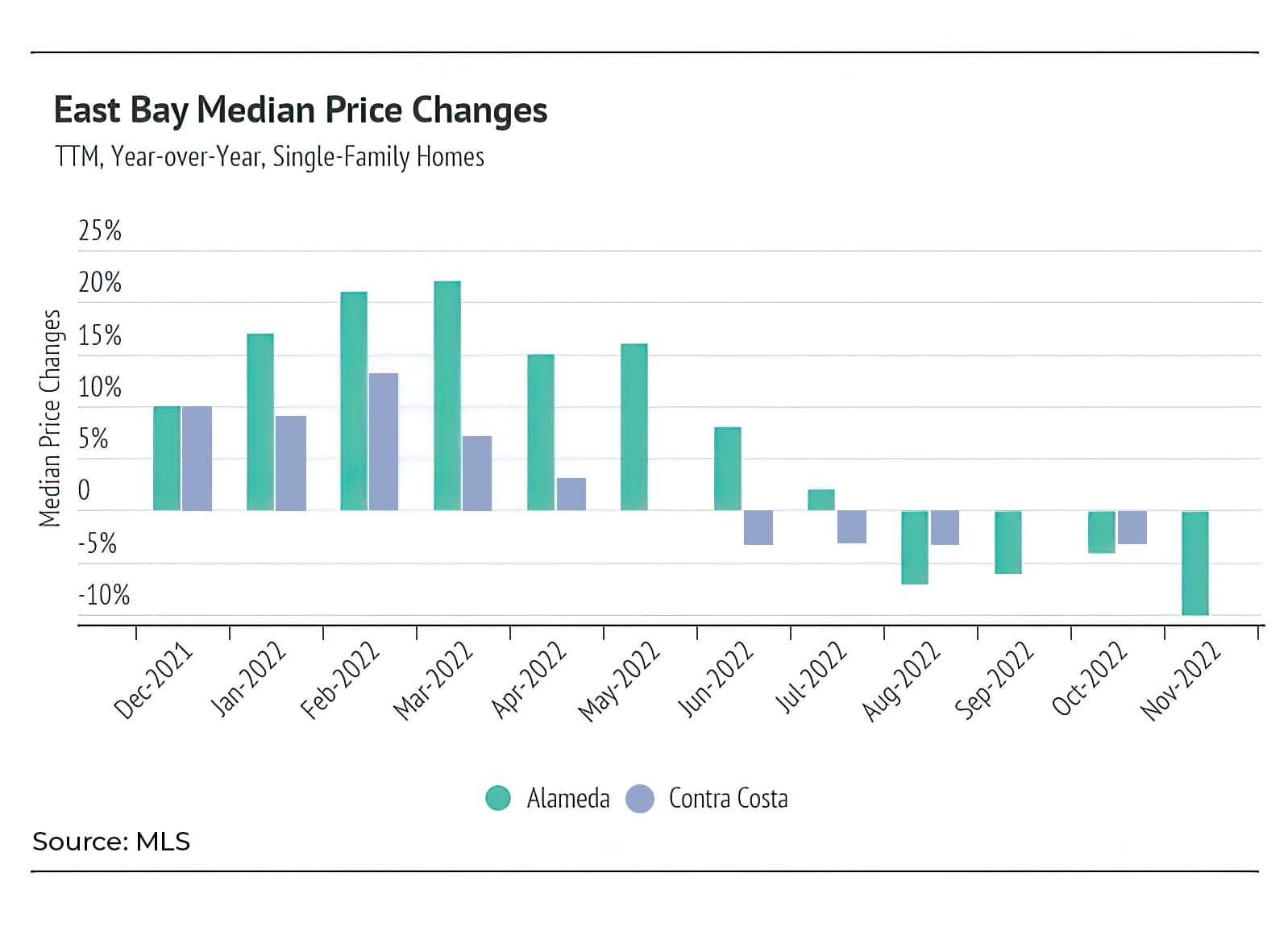
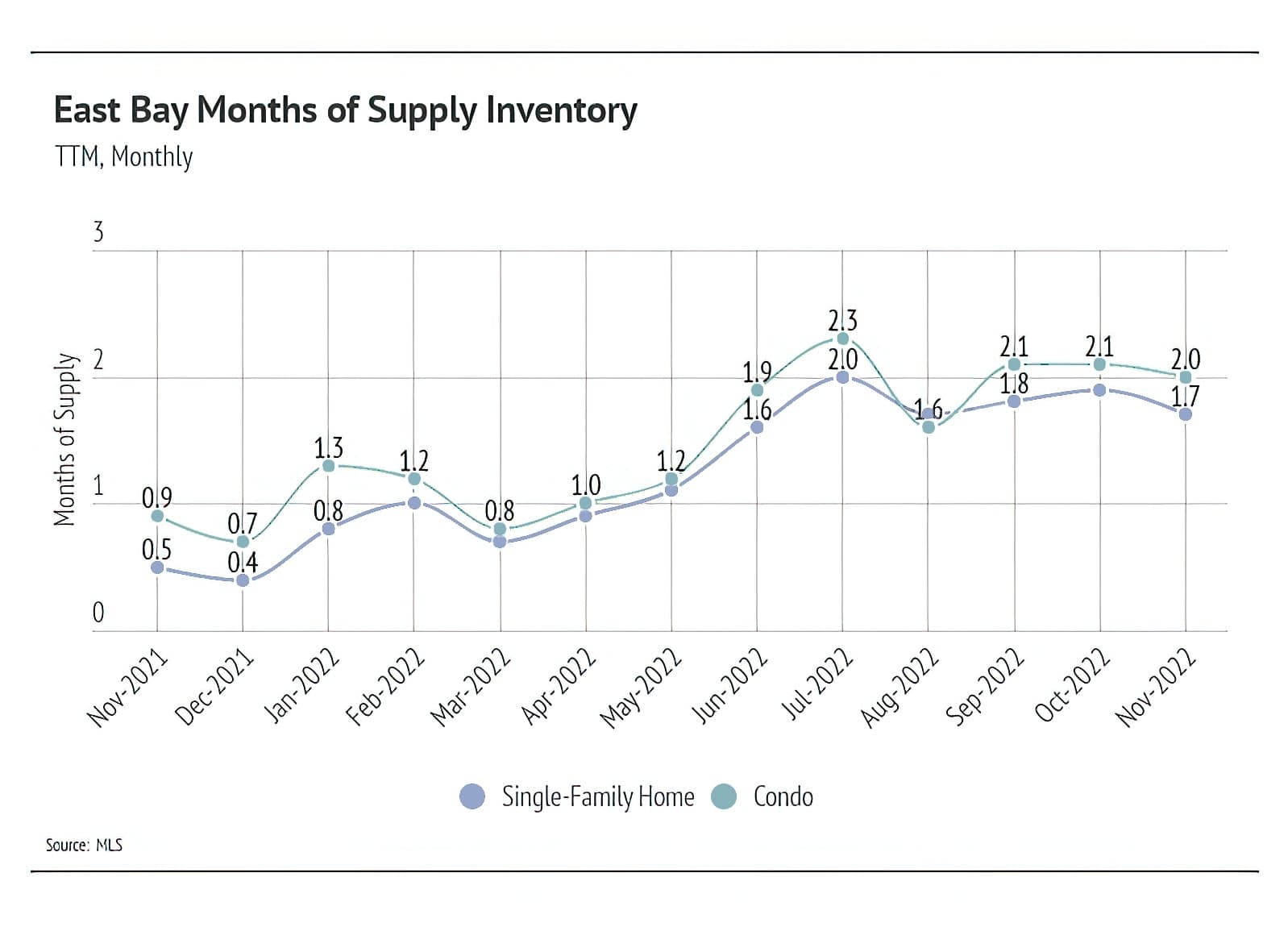
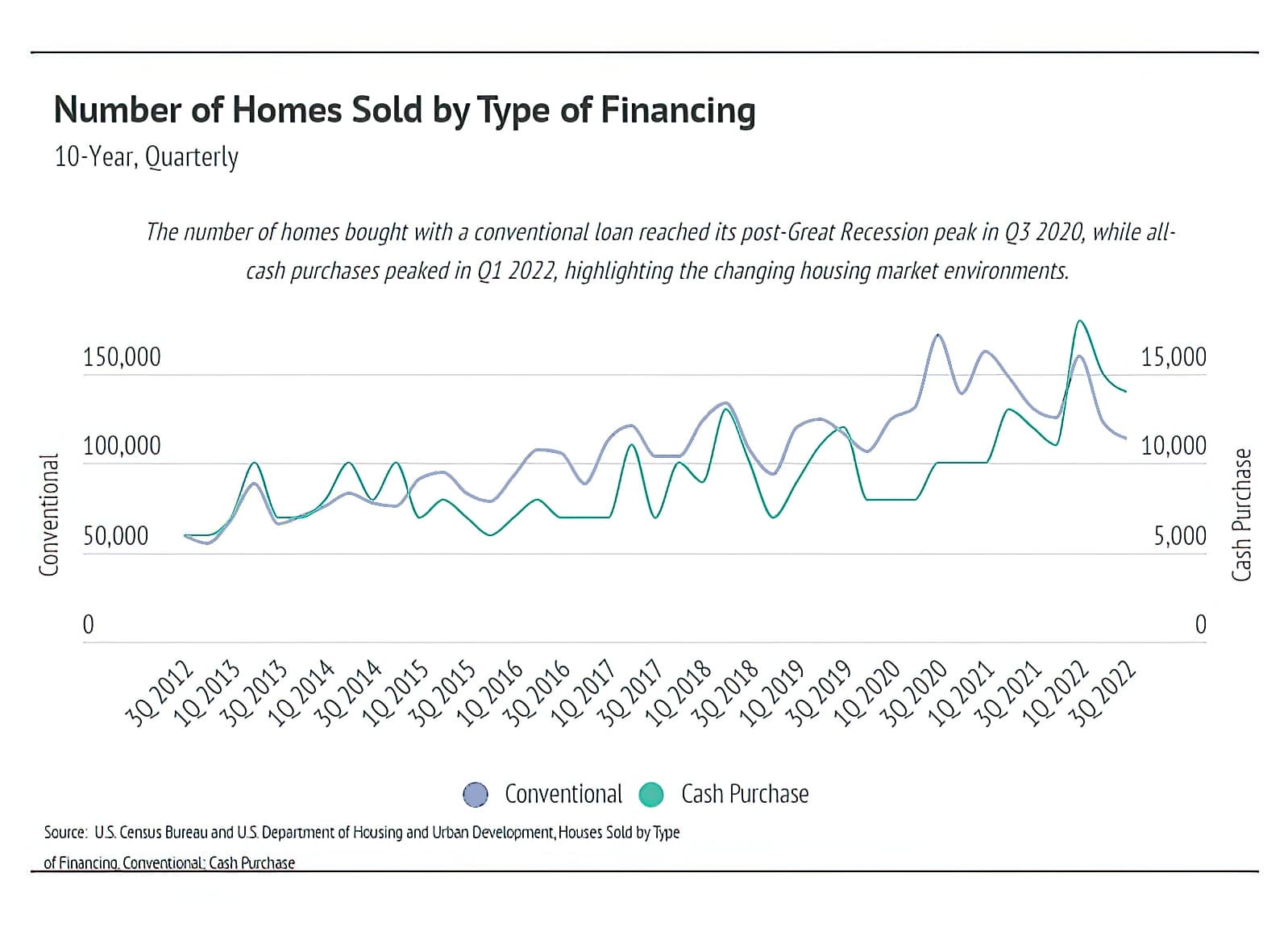
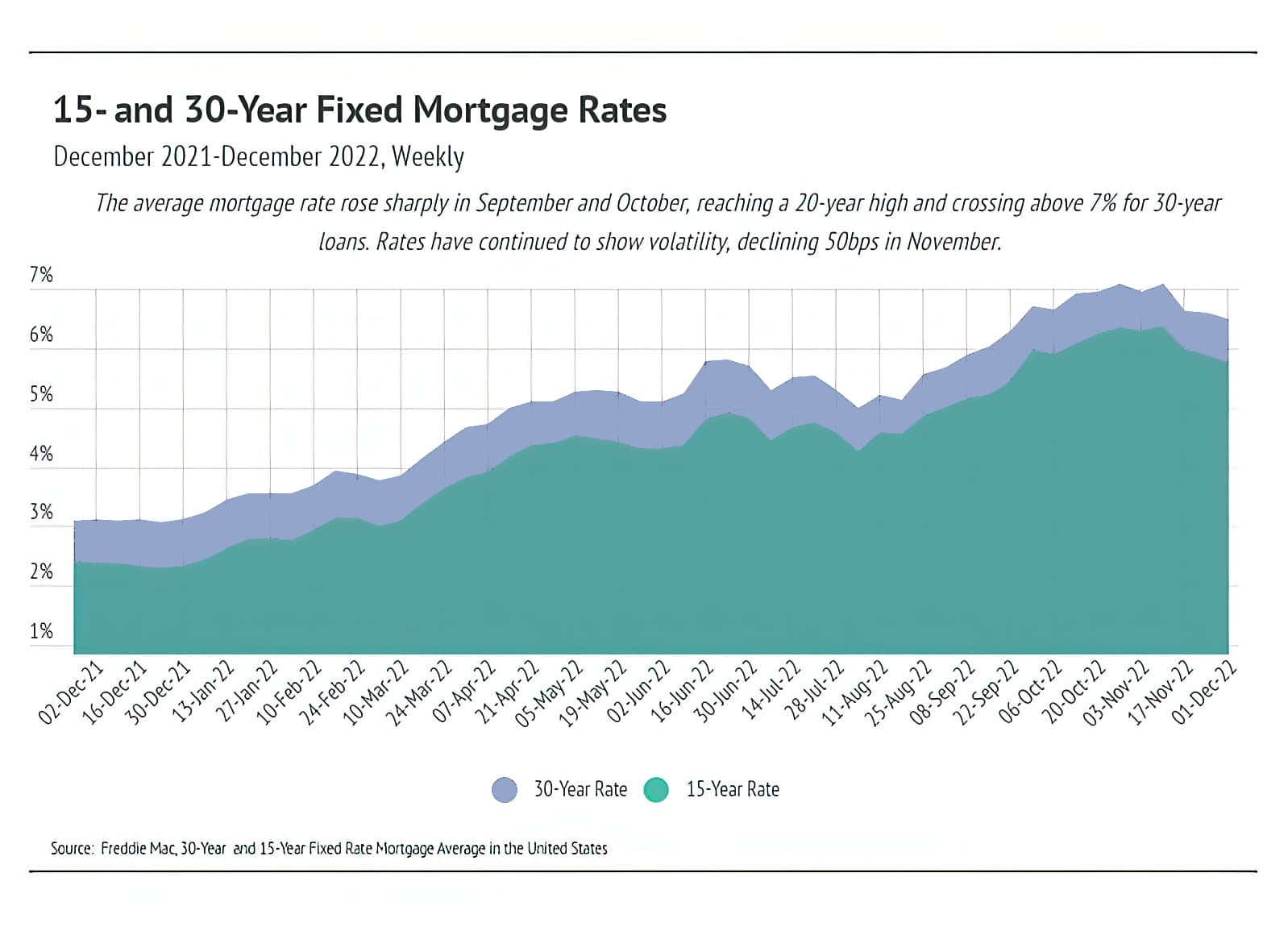

Stay up to date on the latest real estate trends.

Monthly Newsletter
How Realistic is a 50-year Mortgage Option?

Monthly Newsletter
Higher interest rates, coupled with higher prices, have led to a national concern about housing affordability. Last month, the idea of a 50-year amortized mortgage mad… Read more

Monthly Newsletter

Monthly Newsletter
Local Heroes: Building Homes, Hope, and Community Together

Monthly Newsletter
Our research shows that less than 50% of local homeowners have placed their property in a trust— when tragedy strikes, the consequences can be devastating.

Monthly Newsletter
One of the scariest things we see as real estate professionals is how often homeowners are blindsided by the nightmare of probate.

Monthly Newsletter
When Rightsizing Makes Sense- As a Seniors Real Estate Specialist® (SRES®), I can help you explore whether rightsizing, aging in place, or moving closer to family is t… Read more

Monthly Newsletter
When Rightsizing Makes Sense- As a Seniors Real Estate Specialist® (SRES®), I can help you explore whether rightsizing, aging in place, or moving closer to family is t… Read more

Monthly Newsletter
Who’s Buying and Selling Homes — Understanding the Shifting Landscape The East Bay market is being reshaped by shifting demographics and changing priorities. Buyers wa… Read more
Let's schedule a time to discuss your goals and aspirations, and determine how we can best help you.